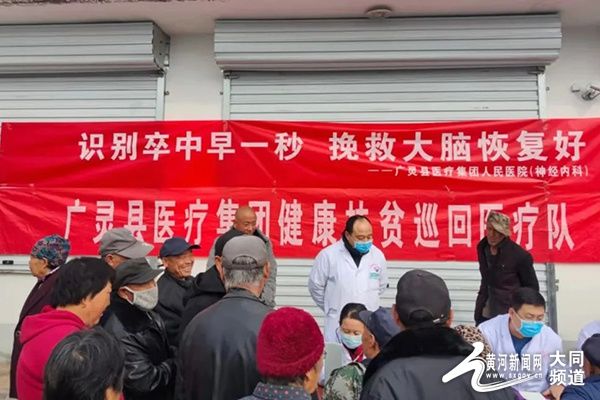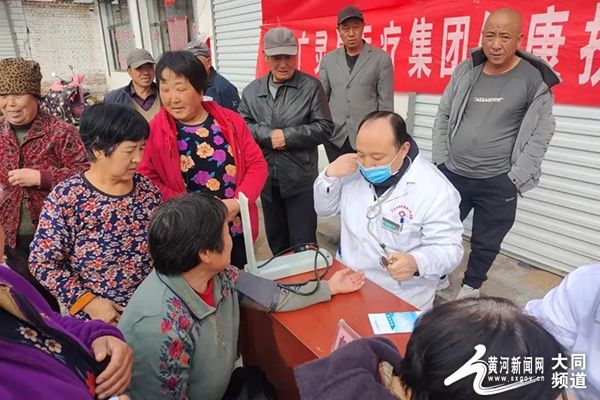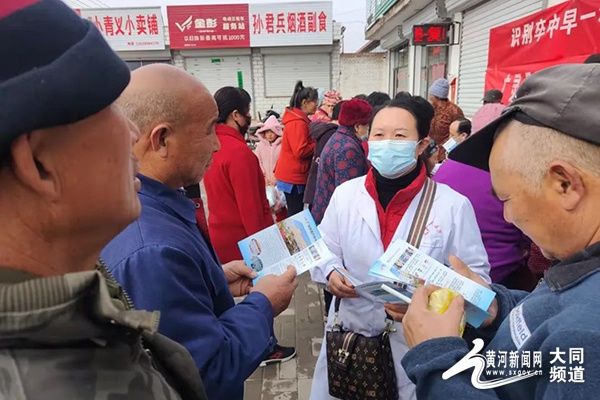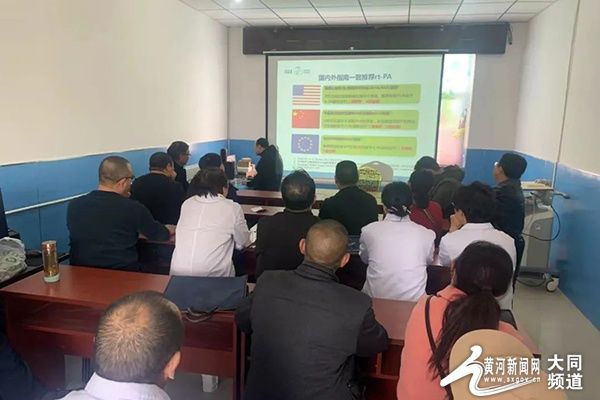
Yellow River News Network Datong News (Reporter Wu Xing) In order to further carry forward the spirit of Lei Feng, deepen Datong City Guangling County Medical Group’s purpose of serving the people, and effectively solve the problem of rural people seeking medical treatment Practical problems, improve the health of the people, and help rural revitalization. Recently, the medical department of Guangling County Medical Group, together with the assistance experts from the five hospitals in Datong City, and the team of neurologists from the county hospital went deep into West Yixing Village and Yuemingpan Village to carry out the theme of “Recognizing Stroke One Second Early to Save the Brain for Recovery” The grass-roots free clinic activities under the high-quality service.

The on-site medical staff of the free clinic will measure blood pressure for free for the people who come to the clinic, from the department of neurology, gastroenterology, and cardiovascular medicine According to the physical condition of each patient, the physicians patiently and detailedly diagnose and treat, explain the impact of hypertension, hyperglycemia, hyperlipidemia, obesity, smoking, etc. on the incidence of stroke, and provide personalized health guidance for some patients. During the free clinic, more than 400 stroke health education materials were distributed free of charge, more than 180 people received free clinics, and more than 3,000 yuan of medicines were distributed.

Xue Qiyuan, Datong Fifth People’s Hospital, Du Xingguo, Vice President of Guangling County Medical Group, Director of the Department of Neurology, Deputy Chief physician Sun Zhaoming gave a special training on “being alert to stroke symptoms and identifying and treating as soon as possible” for all the medical staff and village doctors of Yixing Township Health Center. Through easy-to-understand explanations, grassroots medical staff have a deeper understanding and understanding of stroke.

This free clinic and health lecture not only improved the knowledge of stroke prevention for rural residents, but also improved the knowledge of stroke prevention through standardized training. Township and village physicians’ understanding of the guidelines for diagnosis and treatment of stroke and the level of screening, diagnosis and treatment of high-risk groups of stroke have better achieved the advance of stroke prevention and treatment.